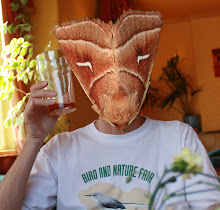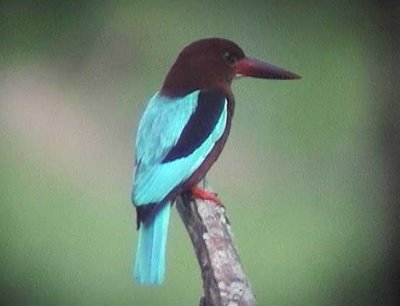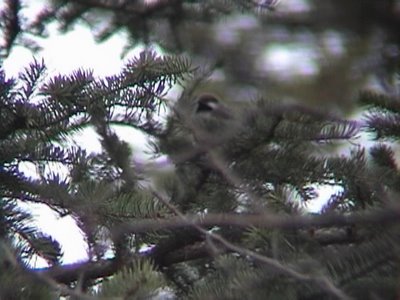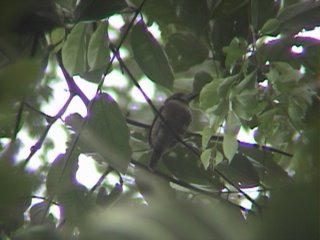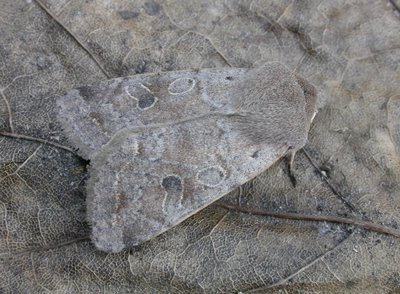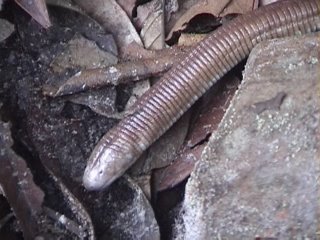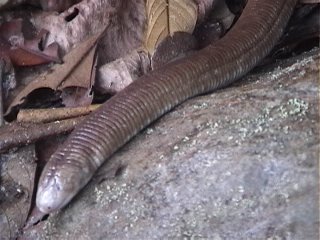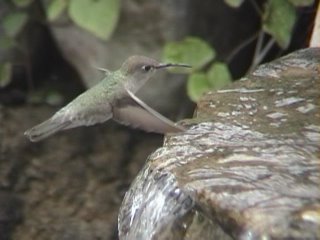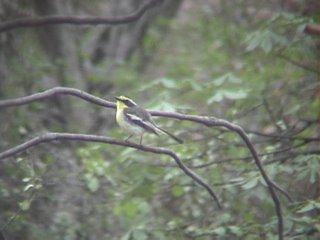For want of anything else to show you I thought I'd carry on regardless with my ultra tedious Peru Pix. No-one is looking at the moment anyhow so little does it matter...

A lovely Yellow-faced Parrotlet seen in the desert scrub near Balsas. We had a bit of trouble locating this somewhat nomadic Maranon endemic. However, persistence paid off and we finally located a small flock by listening for their calls. One bird, presumably an immature, was incredibly dull with little or no yellow on the face. It looked much more like the more common Pacific Parrotlet which we were well out of range for.

The incomparable Great Spinetail busy building an even greater stick nest in dry woodland near San Marcos. Another nail-biter! We searched for a couple of hours in suitable habitat and came up with nothing in the way of spinetails of the great variety. We ended up on the road above where we had been searching and, deciding to cut off a long and tedious corner by following a goat trail down to where the car was parked we stumbled across a nest! And then a pair of Great Spinetails! And all this very close to where we started! All was forgotten with the sudden excitement and relief of watching one of Peru's finest endemics. It more than made up for our shocking lack of success with the "guaranteed" Gray-bellied Comet, which we tried for no less than three times! I'll go back don't you worry...
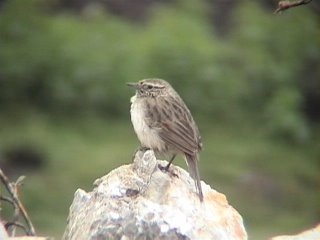
A fine roadside study of a nice Streak-backed Canastero near Cruz Conga. Having successfully seen the very distinctive cajamarcae form of Rufous Antpitta (obviously a good species) and had nice looks at Black Metaltails, Baron's Spinetails and Black-crested Tit-Tyrants it was nice to obtain close looks at this normally hard-to-see canastero. One normally sees them scurrying through bunch grass in a blur of streaks and cocked tails.

One of the finest birds in all the Andes, the totally brilliant Chestnut-crested Cotinga at Abra Patricia - sorry Luke! We watched a pair for prolonged periods over the course of three days at a productive fruiting tree. In fact they seemed to own this tree! I'd only seen this species once before (in southern Ecuador) so it was a real treat to see them so well and for so long - we just had the greatest time with these streaky denizens of the cloud forest!!! The same fruiting tree also hosted the likes of Andean Guan, White-eared Solitaire, Emerald Toucanet, Hooded Mountain-Tanagers and numerous Green-and-black Fruiteaters.
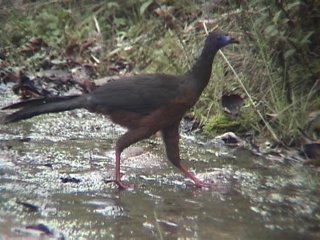
A chance roadside encounter with a fine Sickle-winged Guan - we watched it for ages as it fed from roadside puddles. I'd never seen one so well, it was brilliant...

